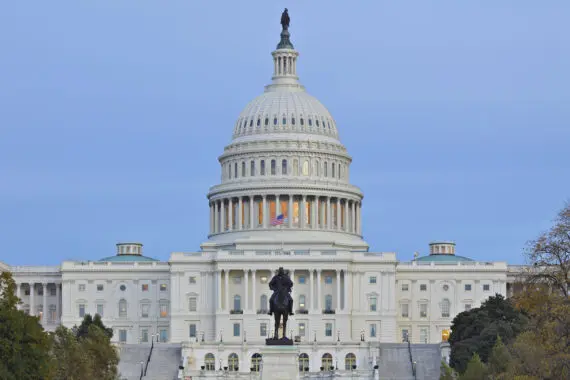Expanding the CTC would do more to reduce hunger and poverty among our nation’s children than any single policy has in decades.
The $1.9 trillion American Rescue Plan includes a one-year expansion of the Child Tax Credit (CTC), making the credit available to all low-income families with children.
Before the expansion, an estimated 27 million children under age 17 lived in families who did not earn enough to qualify for the full CTC for children because they did not have sufficient taxable income. These are families in which food insecurity and hunger are widespread.
Young children are more vulnerable than any other group to the damaging impacts of hunger even for short periods. At the same time, families with young children are more likely to face hunger than those with older children. This is why additional monthly resources are especially important for young children.
All children stand to benefit from CTC expansion, but children from groups that have disproportionately high hunger rates will benefit most. Poverty among Black children will be cut by an estimated 52 percent, among Latino children by 45 percent, among Native American children by 62 percent, among Asian American and Pacific Islander children by 37 percent, and among white children by 39 percent.
A CTC expansion not only contributes to better life prospects for the most vulnerable children in the country but also offers a good return on investment. In a way, the United States cannot afford not to reduce poverty among children, because every year, it costs the economy between $800 million and $1.1 trillion. The costs come in lower productivity, higher healthcare costs, and the need to spend more on public safety, services for homeless people, incarceration, and care for survivors of child abuse.
Major components of the CTC expansion:
- Increases the benefit from $2,000 per year to $3,600 for children up to age 6 and to $3,000 for children 6-17.
- Delivers monthly installments of $300 per month for each younger child and $250 per month for each older child.
- Equally available to all families starting at $0 income through middle-income status.
CTC expansion is a big deal, and we should feel great it was included in the American Rescue Plan. But we aren’t done yet. Now we must work to make the expansion permanent.
Expanding the CTC would do more to reduce hunger and poverty among our nation’s children than single policy in decades



